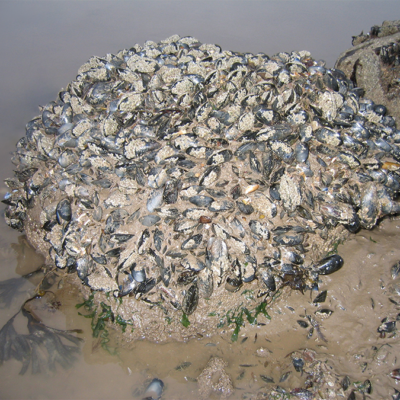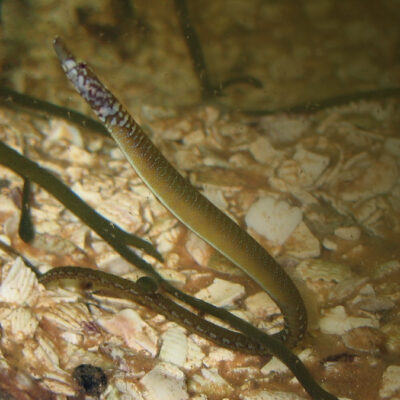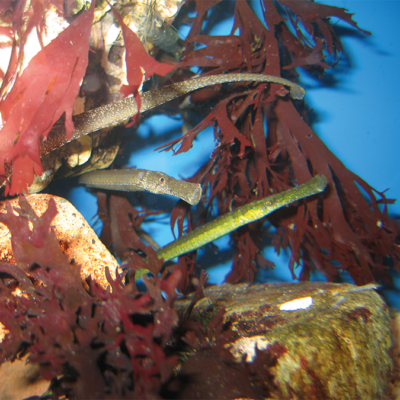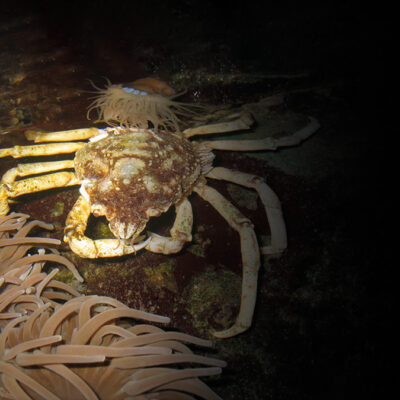Wildlife of The Solway Firth – The Moon Jellyfish

Wildlife of The Solway Firth [86]
The Moon Jellyfish (Aurelia Aurita)
by Mark Vollers, Lake District Coast Aquarium
The Moon or Common Jellyfish is the most frequently seen Jellyfish around the British coastline and is also found in other temperate inshore areas of the Atlantic and Pacific oceans. Thankfully they are totally harmless to humans!
They do in fact have stinging cells called nematocysts on their tentacles like most jellyfish but the venom is too mild to be of any consequence to us as it’s food consists mainly of small planktonic animals.
These are captured by the mucous covered tentacles and drawn up into the body for digestion. Their translucent bell shaped medusae of up to 40 cm diameter are easily distinguished by the generally four ring shaped coloured gonads which are unlike any other species.
During the summer months in calm weather they can often be seen drifting in and out of harbours and Maryport is no exception, we have been able to catch them with long handled nets and not only have them as a fixture in our aquarium displays, but also successfully breed them and display the whole life-cycle in our Sea Lab.
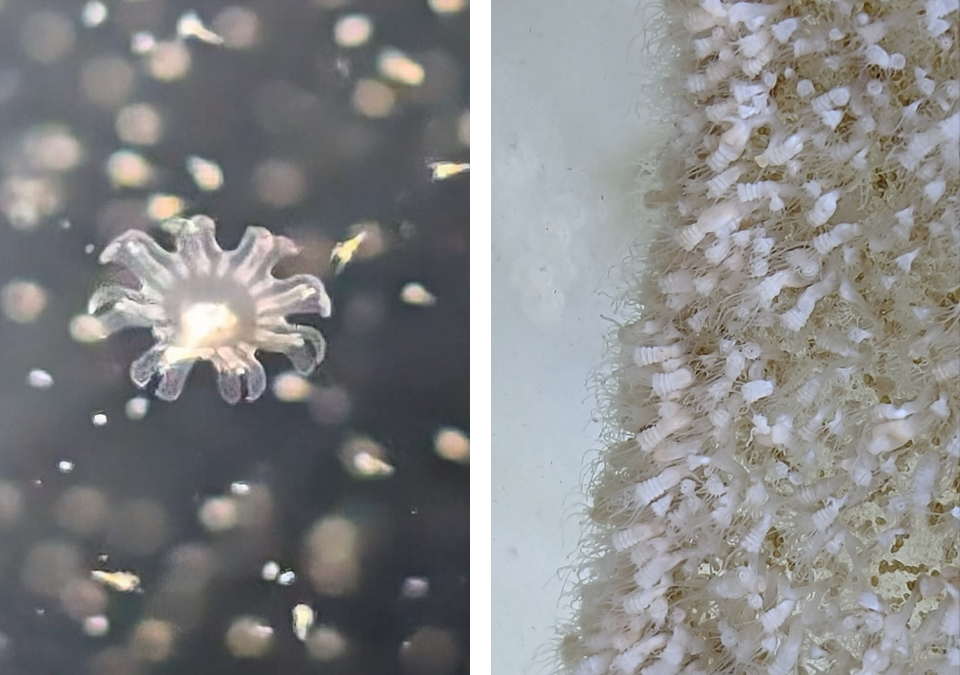
The Jellyfish lifecycle is amazing! The adults we see are of both sexes and continuously re-produce minute free swimming larvae during their few months of life. These larvae settle on rock surfaces to overwinter and transform into what look like tiny anemones, called polyps, which then multiply their numbers further by cloning as they wait for the right water conditions to allow them to ‘bud off’ tiny little jellies, about 1mm wide, called ephyra, that grow into the adults we know.
Visit the Lake District Coast Aquarium facebook page to learn more about amazing wildlife on the Solway Coast.
www.facebook.com/maryport.aquarium
To learn more about what’s happening, follow Cumbria Guide on our social media
Share It:









